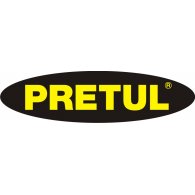What the latest OEM ruling means for trademark owners
February 04, 2016 | BY
Katherine Jo &clp articlesThe Supreme People's Court has held that purely OEM goods do not constitute infringement. But while this landmark judgment provides some clarity for brand owners, does it finally put an end to the longstanding debate?
Whether the products of an OEM (original equipment manufacturer) constitute the use of a trademark in China has been under debate ever since foreign brands began riding on the country's manufacturing boom. On November 26 2015, the Supreme People's Court (SPC) landed a particularly important decision, holding that an OEM manufacturing and exporting goods bearing the trademark “PRETUL” was not in infringement, since they were destined for shipment back to its overseas customer, who was located, and had registered this trademark, in Mexico. While important arguments were addressed, it is uncertain whether this actually puts an end to the controversy over OEMs' exported products and trademarks.





